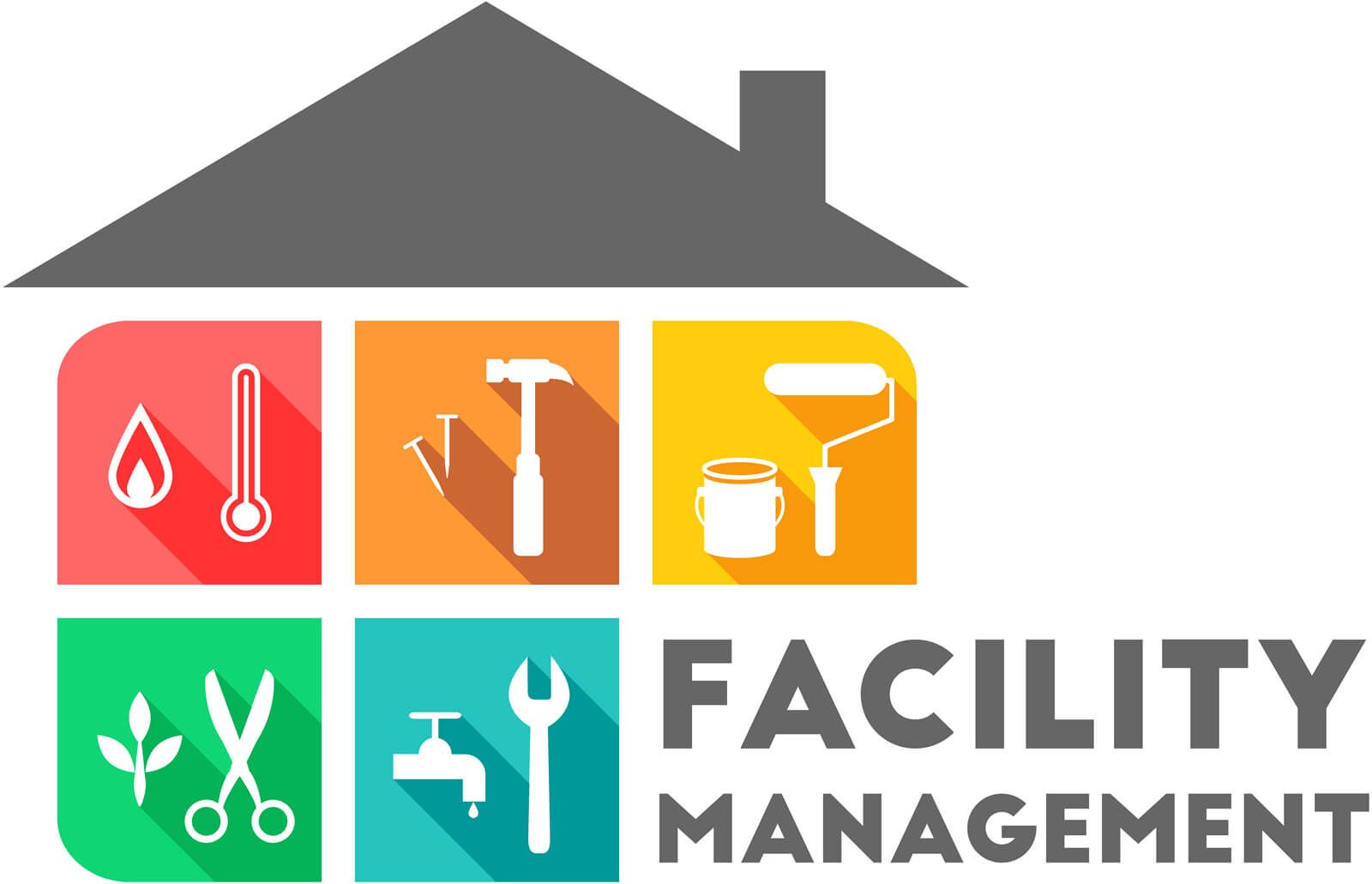How Total Facility Management Improves Upkeep and Operations
Total Facility Management (TFM) stands for a transformative change in just how companies approach maintenance and operations. By leveraging data-driven methods and incorporated technology, TFM not just anticipates and mitigates potential concerns but also maximizes resource allotment and boosts efficiency.
Improved Upkeep Methods
Improved Maintenance Strategies are vital for enhancing the efficiency and durability of facilitiess. These techniques encompass an organized method to maintenance that stresses proactive procedures, anticipating analytics, and condition-based surveillance. By executing such approaches, companies can efficiently minimize unexpected downtimes and reduce functional disruptions.
One essential element of boosted upkeep is using data-driven decision-making tools. These devices allow facility managers to evaluate historic efficiency data, determine patterns, and forecast prospective failings prior to they take place. This anticipating maintenance approach not only prolongs the life cycle of devices but also improves security and conformity standards.
Empowering and educating upkeep employees are similarly essential in implementing improved strategies (Total Facility Management). Trained team can accomplish routine inspections and address small problems before they escalate. Additionally, embracing an extensive property management system helps with monitoring of tools condition, maintenance background, and scheduling of preventive procedures
Streamlined Operational Workflows
Enhancing operational workflows is critical for the overall effectiveness of facility management. By carrying out streamlined processes, organizations can lower redundancies, decrease hold-ups, and boost productivity. A well-structured functional operations permits facility supervisors to allot sources successfully, making certain that tasks are finished in a prompt fashion.
Making use of facilitiess management software can automate regular jobs such as job order management, inventory monitoring, and organizing. Clear interaction channels amongst group members foster cooperation and accountability, better improving operational efficiency.
Systematizing treatments is an additional critical part. Establishing ideal practices helps guarantee that all employee are aligned in their approach, reducing the probability of errors and enhancing service shipment. Normal training and updates on process procedures additionally play an essential duty in maintaining consistency and efficiency.
Ultimately, streamlined operational process add to an extra receptive facility management system, permitting organizations to focus on critical campaigns as opposed to being slowed down by management burdens. By focusing on performance, facility managers can dramatically enhance the overall efficiency of their operations.
Proactive Problem Resolution

Regular examinations and monitoring systems play a critical role in this procedure, allowing facility managers to collect data and prepare for potential failures. Furthermore, promoting open interaction channels amongst employee urges the very early coverage of worries, additionally promoting prompt resolutions.
Implementing an extensive facility management software application can streamline the monitoring of upkeep activities and concern reporting, providing useful insights right into repeating troubles and their source. This data-driven method permits notified decision-making and prioritization of resources.
Ultimately, positive concern resolution not only preserves the stability of facility procedures but also improves worker fulfillment and security. By spending in approaches that concentrate on prevention, companies can develop an extra resistant and efficient operational setting, establishing a solid foundation for future growth and success.
Expense Efficiency and Source Management
How can companies attain a balance in between expense efficiency and reliable source management in facility operations? The assimilation of total facility management (TFM) offers a strategic framework that improves financial performance while optimizing resource allocation. By consolidating solutions, organizations can enhance procedures, minimize redundancies, and leverage economic climates of scale.
Efficient resource management begins with a comprehensive assessment of existing possessions and functional processes. Using information analytics, organizations can recognize underutilized resources and address inefficiencies. This educated technique makes it possible for the execution of targeted upkeep schedules, therefore prolonging property life and minimizing unplanned downtime.

Educating and development of facility management employees even more boost expense performance by equipping them with the abilities needed to take care of sources sensibly. Eventually, by taking on sites an all natural strategy to facility management, organizations can achieve significant price savings while making certain that operational efficiency remains a leading priority.
Sustainability and Ecological Effect
The assimilation of total facility management (TFM) not only improves price efficiency yet also plays a crucial function in advertising sustainability and minimizing environmental influence. By taking on an all natural technique to facility procedures, TFM assists in the implementation of sustainable techniques that decrease resource usage and waste generation.
One of the essential elements of TFM is the optimization of power use. This includes the adoption of energy-efficient innovations, regular maintenance of HVAC systems, and the application of clever structure management systems. These measures not just lower energy expenses however also significantly decrease greenhouse gas exhausts.
In addition, TFM promotes using lasting materials in facility maintenance and renovation tasks. By prioritizing environmentally friendly products and practices, facilitiess can reduce their general ecological footprint while promoting much healthier indoor atmospheres.

Verdict
Finally, Total Facility Management dramatically improves maintenance and operations with methodical visit this site techniques that highlight predictive analytics and condition-based monitoring. The integration of technology improves operations, while detailed training promotes skill growth among employees. Aggressive problem resolution decreases unintended downtime, adding to set you back efficiency and ideal source management. TFM advertises sustainable techniques, inevitably leading to improved facility management results and a culture of constant renovation within organizations.
Total Facility Management (TFM) represents a transformative change in how companies come close to upkeep and procedures. Using facilitiess management software application can automate routine jobs such as job order management, inventory monitoring, and organizing.Just how can companies accomplish a balance between cost performance and reliable source management in facility procedures? The integration of total facility management (TFM) gives a calculated structure that boosts monetary efficiency while enhancing source appropriation.In final thought, Total Facility Management substantially improves maintenance and procedures with systematic strategies that stress anticipating analytics and condition-based tracking.